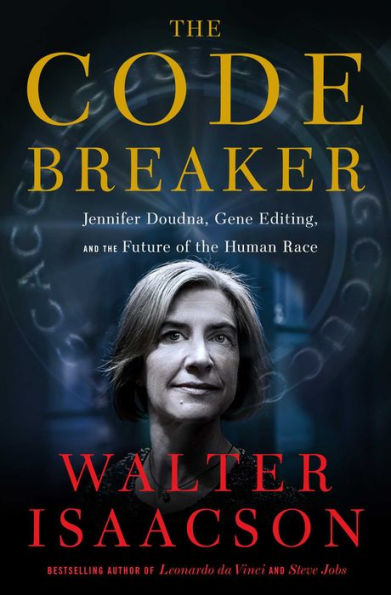
Photograph: Peter Steffen/APĭoudna contributed to the identification of Crispr, a system that evolved in bacteria over billions of years to fend off invading viruses. “They just represent his rather narrow interpretation of genetic destiny.” In many ways, Isaacson observes, Rufus is wiser than his father.Įmmanuelle Charpentier, who shared the Nobel prize in chemistry with Doudna. “My dad’s statements might make him out to be a bigot and discriminatory,” he once said.


The voice from the kitchen belonged to Rufus, Watson’s middle-aged son who suffers from schizophrenia. When the conversation sails dangerously close to the race issue, someone shouts from the kitchen: “If you are going to let him say these things, then I am going to have to ask you to leave.” The 91-year-old Watson shrugs and changes tack. Isaacson, who is to interview Watson, therefore has to make his way to the house on the nearby campus that the scientist has been allowed to keep. It is 2019 and a scientific meeting is under way at the famous Cold Spring Harbour Laboratory in New York State, but James Watson, the co-discoverer of the structure of DNA, is banned from it because of the racist and scientifically unfounded views he has expressed on intelligence. When bench scientists become lab heads their new managerial duties include hiring the right young researchers, mentoring them, going over their results, suggesting new experiments, and offering up the insights that come from having been there.O ne of the most striking passages in Walter Isaacson’s new book comes towards the end. Writers become editors, engineers become managers. This transition from player to coach happens in many fields. I can see experiments in my mind, especially when I am working myself.” But by 2009, after her return from Genentech, Doudna realized that she had to spend more time cultivating her lab rather than her bacterial cultures. “I think I was a pretty good experimenter. “I didn’t want to give that up,” she says. For the first few years after setting up her lab at Berkeley, she was able to work at the bench half her time. “Doudna deeply enjoyed being a bench scientist, a researcher who gets to the lab early, puts on latex gloves and a white coat, and begins working with pipettes and Petri dishes.


 0 kommentar(er)
0 kommentar(er)
